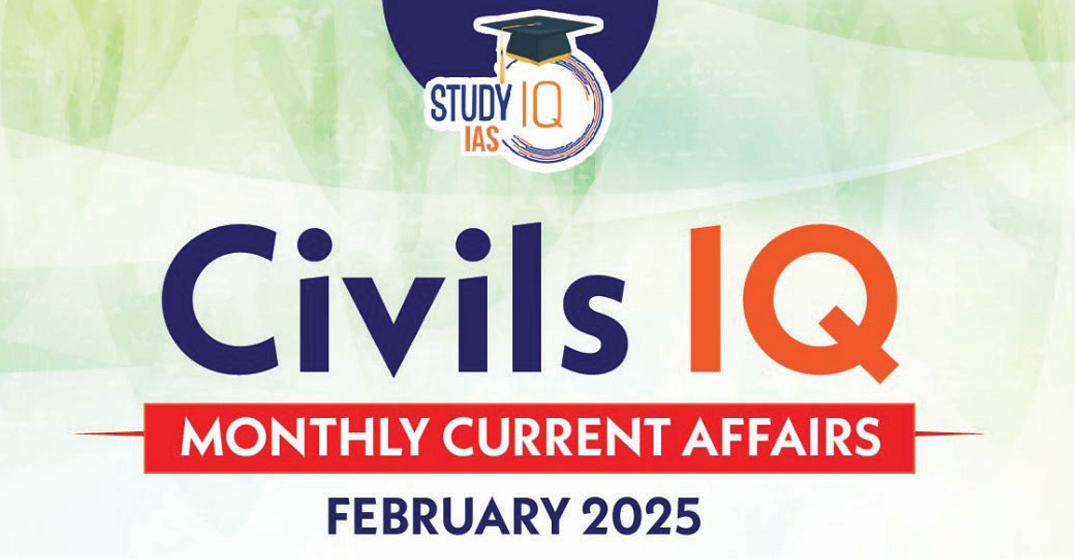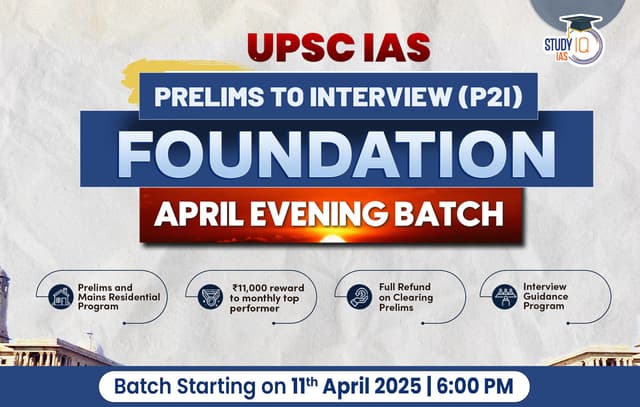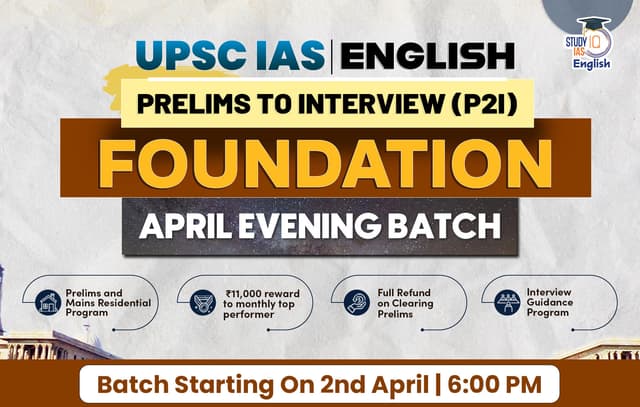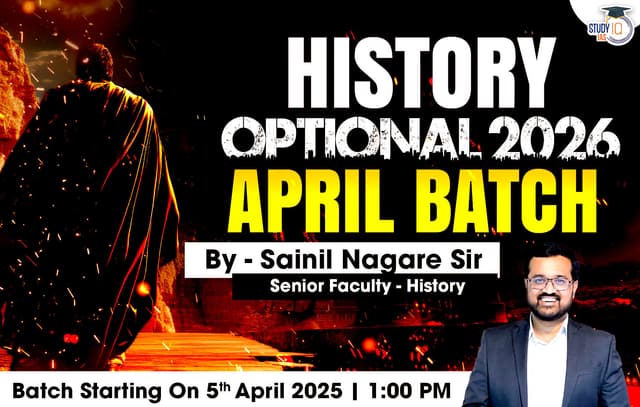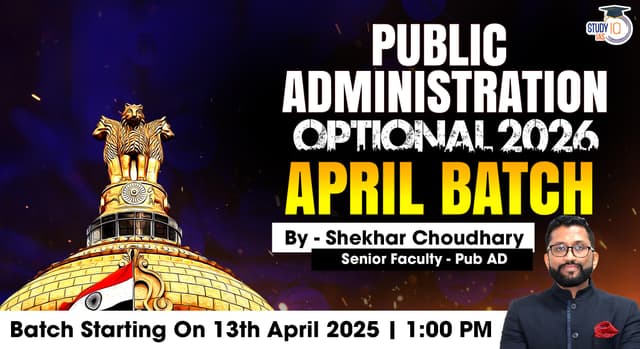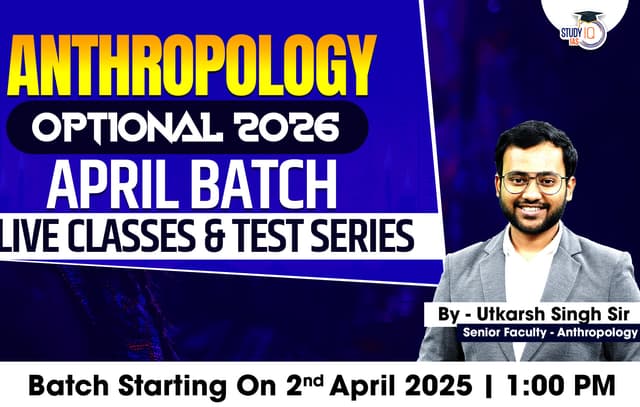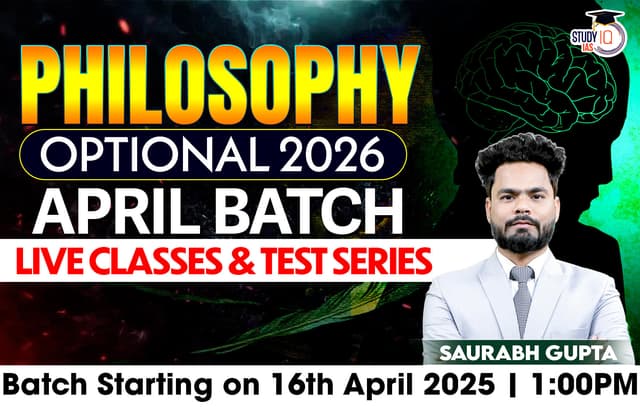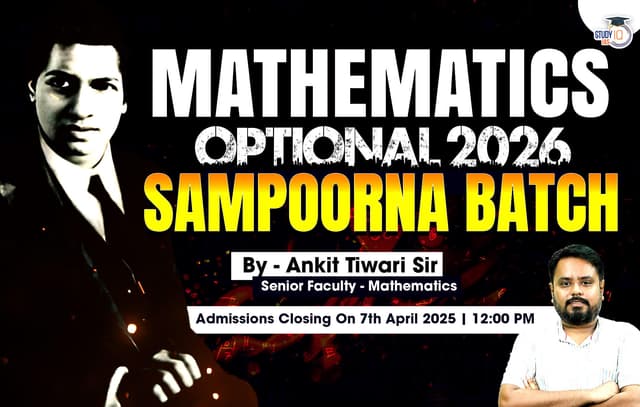Table of Contents
Context: AI Maker Labs can bridge the gap between artificial intelligence as a distant technology and as a lived experience.
How AI Maker Labs Bridge the Gap?
- From Abstract to Tangible: AI often feels like a black box to students — theoretical and far removed from daily life.
- Maker labs demystify AI by allowing students to build, train, and interact with AI systems — making AI hands-on and real.
- Experiential Learning: Students learn by doing — through projects like building a recycling sorter or training a chatbot.
- This engages both critical thinking and creativity, turning passive learners into active problem-solvers.
- Ethical AI literacy: Students see biases, failures, and successes of AI models up close.
How AI Maker Labs Can Be Implemented in India
- Leverage Existing Infrastructure: Atal Tinkering Labs (ATLs) already exist in 10,000+ schools.
- Equip ATLs with AI toolkits: Raspberry Pi, basic GPUs, cloud credits, datasets, simple ML model builders.
- Train Teachers & Mentors: Conduct intensive training for facilitators in local languages, focusing on both technical and pedagogical skills.
- Set up regional hubs with master trainers and peer mentoring networks.
- Localized Curriculum & Use-Cases: Develop AI project kits aligned with local problems (e.g., waste segregation, irrigation alerts, traffic monitoring).
- Use low-code and no-code tools to make AI accessible to all students.
- Partnerships with Startups and NGOs: Collaborate with AI startups, ed-tech firms, and community organizations to provide mentorship, materials, and tech support.
- Link students to competitions, hackathons, and real-world applications.
- Equity-Focused Rollout: Ensure rural, tribal, and government schools get equal attention.
- Promote open-source resources, vernacular language tools, and offline-first content for low-bandwidth areas.
Outcomes of AI Maker Labs in India
- Early AI Literacy: Students gain a practical understanding of how AI works, where it fails, and how it can be improved.
- Empowered Innovators: Children start to design AI solutions for real-world issues — from crop disease detection to water leakage alerts.
- Better STEM Performance: Tinkering with AI improves interest and performance in math, logic, computing, and design thinking.
- Job-Ready Graduates: Students get an early head start for careers in AI/ML, robotics, data science, and ethical tech.
- AI for Bharat: Encourages grassroots innovations — students solving local problems with global tools.

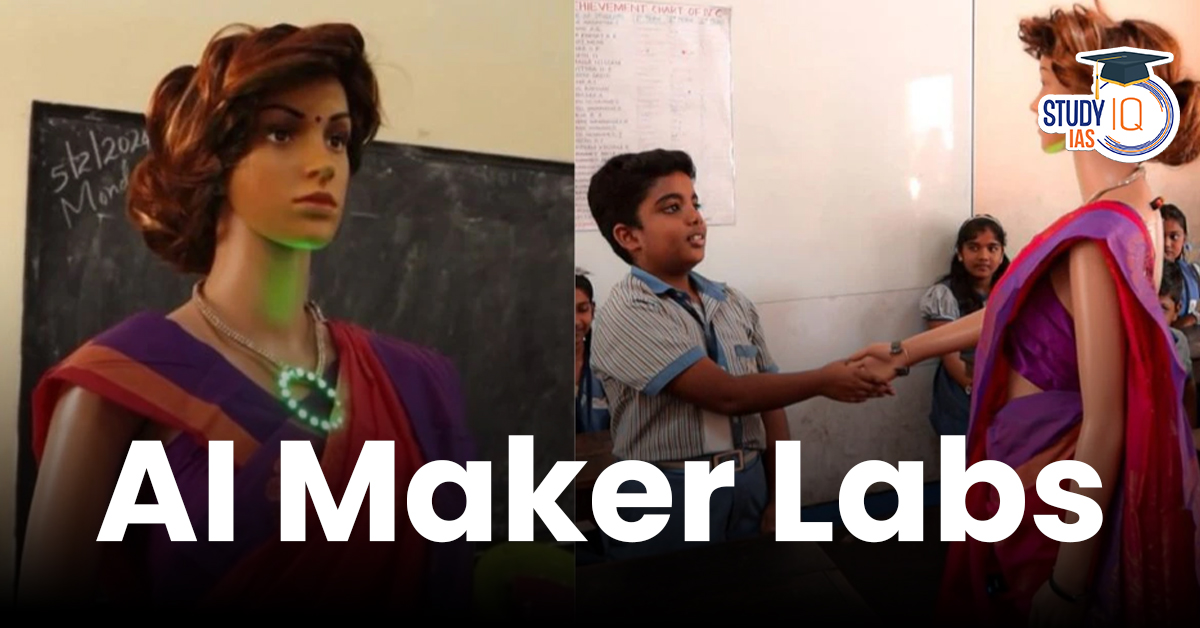
 Daily Quiz 15 April 2025
Daily Quiz 15 April 2025
 How RBI Responded To Global Trade War Ch...
How RBI Responded To Global Trade War Ch...
 Why Confidence in US Dollar is Falling?
Why Confidence in US Dollar is Falling?
